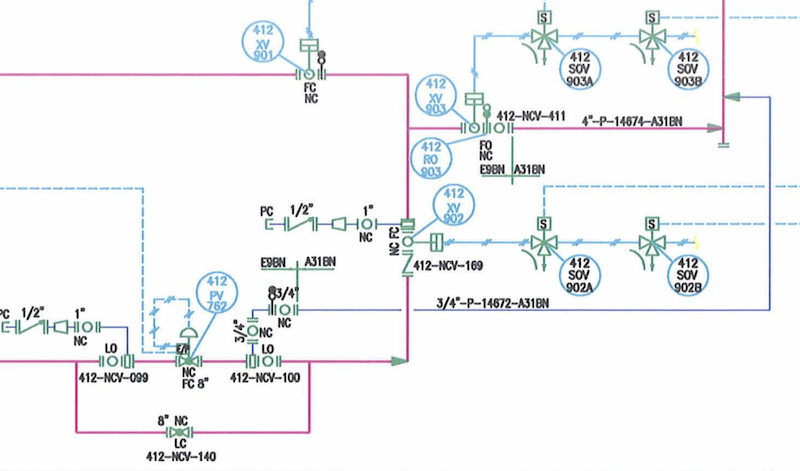
Piping and Instrumentation Diagrams (P&IDs) are critical documents in engineering design, representing the intricate relationships between piping, instrumentation, and control systems in process plants. Despite their importance, P&IDs are often underutilized, especially when it comes to streamlining workflows and cost estimation.
This post explores the significance of P&IDs, their key components, and how modern tools like eAI can optimize their management.
P&IDs are detailed schematics that describe the mechanical and electrical systems in a process plant. They include:
P&IDs are essential for engineers, operators, and contractors, serving as a reference throughout the project lifecycle.
Traditional methods of P&ID management can be cumbersome, with issues like:
Modern tools like eAI address these challenges by automating processes and enriching P&IDs with actionable data.
eAI offers advanced features for annotating and enriching P&IDs, making them more than just drawings—they become powerful datasets for design, compliance, and cost estimation.
Explore More: Revolutionizing P&ID Annotation with eAI